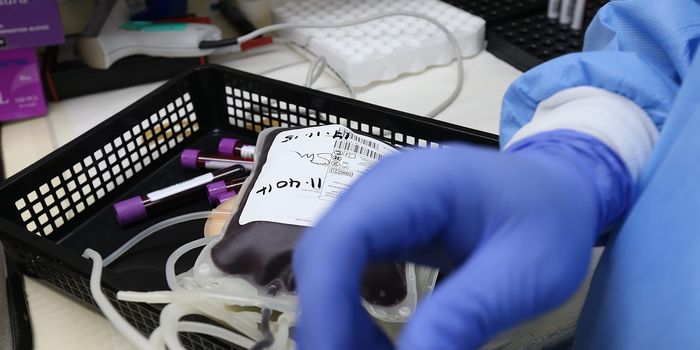
Researchers at Van Andel Research Institute (VARI) have shown an atomic-level structure of a protein that may serve as a future drug target for conditions like Alzheimer's disease and bipolar disorder.
The protein, known as TRPM2, was found throughout the body to integrally be involved in body temperature regulation, immune response mediation, and governing the programmed death of cells (apoptosis).
TRPM2 belongs to the TRP superfamily of proteins that work to mediate responses to sensory stimuli, inclduing pain, pressure, vision, temperature and taste.
"TRPM2 is absolutely critical for healthy function but, until today, we were missing key insights into its structure and mechanism of action," says Juan Du, Ph.D., an assistant professor at VARI. "It is our hope that these findings will act as a schematic for designing better and desperately needed medications for a host of neurological conditions." It is now the first protein to be pictured at the atomic level.

The images of TRPM2 on the atomic level have illustrated a “bell-like structure, with a transmembrane domain region on the bell's shoulder and an expanded NUDT9-H domain on the bell's lip”. Images also revela the bindg site for ADPR, the messenger molecule associated with oxidative stress and metabolism. "Although we have known for some time that TRPM2 is a vital component of many biological processes and a possible drug target, we didn't know exactly what it looked like or how it worked," said Wei Lü, Ph.D., an assistant professor at VARI and co-senior author. "Today's findings change that, and go a long way toward a more comprehensive understanding of these incredibly important molecules."
-
MAY 07, 2024Is It Anti-RNP or Anti-Sm/RNP?
- See More
-
APR 30, 2024Immuno-Oncology Virtual Event Series 2024
-
MAY 07, 20243rd International Biosecurity Virtual Symposium
-
MAY 23, 2024For the Love of Digital PCR 2024
- See More

















































